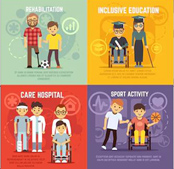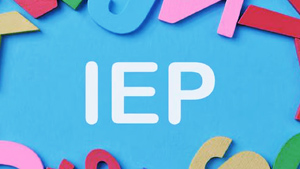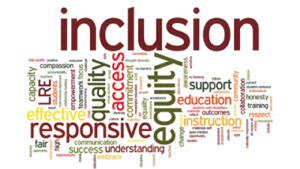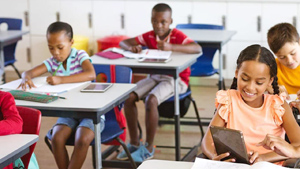Special education is a field dedicated to providing support and services to students with disabilities or special needs. Inclusion, one of the key principles of special education, plays a crucial role in providing equal opportunities for all students in the educational setting. But what exactly is inclusion in special education? Inclusion refers to the practice of educating students with disabilities alongside their typically developing peers in a general education classroom.
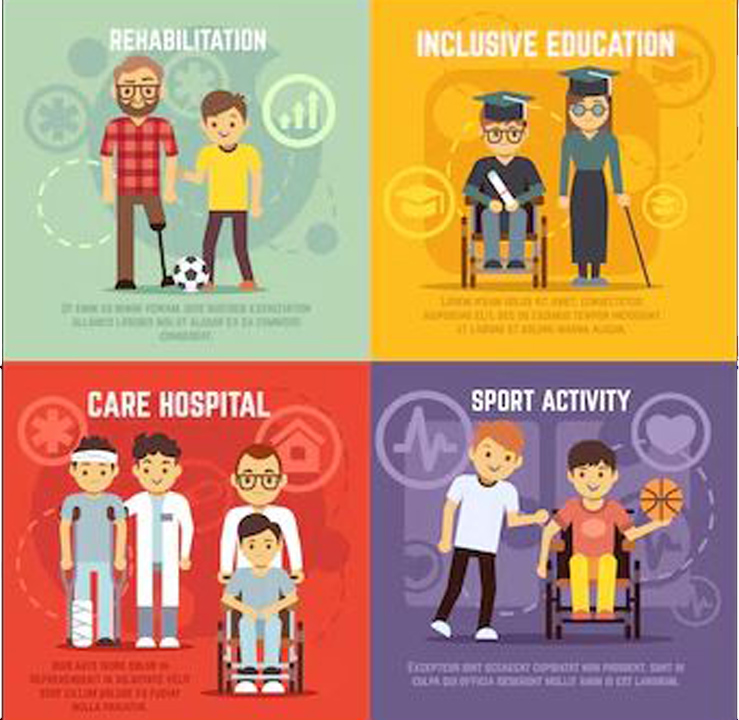
Image from freepik
By incorporating inclusion into special education, schools aim to foster a sense of belonging and promote socialization among all students. Inclusion not only benefits students with disabilities by allowing them to learn from their peers, but it also creates a positive and inclusive environment for all learners.
History of inclusion in special education
Inclusion in special education has not always been the norm. Students with disabilities were often excluded from mainstream education and placed in separate special education classrooms or institutions. This segregation led to a lack of opportunities for students with disabilities to interact and learn alongside their typically developing peers.
The concept of inclusion gained recognition in the latter half of the 20th century as advocates pushed for equal rights and opportunities for individuals with disabilities. The passage of laws such as the Individuals with Disabilities Education Act (IDEA) in the United States and the United Nations Convention on the Rights of Persons with Disabilities globally, highlighted the importance of inclusive education.
Benefits of inclusion for students with disabilities
Inclusive education has numerous benefits for students with disabilities. When students with disabilities are included in general education classrooms, they have the opportunity to learn from their typically developing peers. This peer interaction can lead to improved social skills, increased self-confidence, and a sense of belonging.
Inclusion allows students with disabilities to access the same curriculum as their peers, ensuring they receive the same educational opportunities. This can lead to improved academic outcomes and better long-term educational and employment prospects.
In addition to the benefits for students with disabilities, inclusion also has positive effects on typically developing students. It promotes empathy, understanding, and acceptance of individual differences, fostering a more inclusive society.
Challenges and misconceptions about inclusion
While inclusion in special education offers numerous benefits, it also comes with challenges and misconceptions. One common misconception is that inclusion means a “one-size-fits-all” approach, where all students with disabilities are placed in general education classrooms regardless of their individual needs. In reality, inclusion should be individualized and based on the unique needs and abilities of each student.
Another challenge is the lack of resources and support for inclusive education. Teachers may require additional training, classroom accommodations, and specialized services to effectively meet the needs of students with disabilities in inclusive settings. Without adequate support, the quality of education for all students may be compromised.
Inclusive education models and approaches
There are different models and approaches to inclusive education. The full inclusion model involves placing students with disabilities in general education classrooms full-time. This model emphasizes equal access to education and requires additional support and accommodations to meet the needs of all learners.
On the other hand, the partial inclusion model allows students with disabilities to spend some time in general education classrooms while also receiving specialized instruction in separate settings. This model offers a balance between inclusion and specialized support.
The choice of model depends on various factors, including the individual needs of the student, available resources, and the support systems in place.
Collaboration and support in inclusive classrooms
Successful inclusion in special education requires collaboration and support from all stakeholders. Teachers, parents, administrators, and support staff play vital roles in creating an inclusive environment that meets the needs of all learners.
Teachers need training and professional development opportunities to develop the skills and strategies necessary for effective inclusive instruction. Collaboration between general and special education teachers is essential for planning and implementing individualized education plans (IEPs) and accommodations.
Parents also play a crucial role in supporting inclusion. Their input and involvement in the educational process are vital for creating a strong partnership between home and school.
Administrators have the responsibility of providing the necessary resources, support, and policies to facilitate inclusion. They must ensure that inclusive practices are embedded in the school culture and that teachers have the support they need to successfully implement inclusive education.
Strategies for implementing inclusion in special education
Implementing inclusion in special education requires careful planning and consideration. Here are some strategies that can help facilitate successful inclusion:
Individualized Education Plans (IEPs)
IEPs outline the specific goals, accommodations, and services required for students with disabilities. These plans ensure that students receive the necessary support to succeed in inclusive classrooms.
Universal Design for Learning (UDL)
UDL involves creating instructional materials and environments that are accessible to all students, regardless of their abilities. By employing multiple means of representation, engagement, and expression, teachers can meet the diverse needs of learners in inclusive classrooms.
Peer Buddies and Peer Tutoring
Pairing students with disabilities with typically developing peers can enhance socialization, provide academic support, and promote a sense of belonging.
Professional Development and Collaboration
Teachers need ongoing professional development opportunities and time for collaboration to effectively implement inclusive practices. Sharing best practices, discussing challenges, and learning from one another can lead to improved outcomes for all students.
The role of teachers, parents, and administrators in promoting inclusion
Teachers, parents, and administrators all have important roles to play in promoting inclusion in special education. Teachers must be knowledgeable about inclusive practices and have the skills to differentiate instruction to meet the needs of all learners. They should create a supportive and inclusive classroom environment where every student feels valued and included.
Parents can support inclusion by advocating for their child’s needs and actively participating in the educational process. Building strong partnerships with teachers and school staff can ensure that the student’s individual needs are met.
Administrators play a critical role in creating a culture of inclusion within the school. They must provide the necessary resources, support, and professional development opportunities for teachers. Administrators should also ensure that policies and procedures are in place to support inclusion and address any potential barriers.
Evaluating the effectiveness of inclusion in special education
Evaluating the effectiveness of inclusion in special education is crucial to ensure that all students are receiving the support they need. This evaluation can be done through various methods, including academic assessments, social-emotional evaluations, and feedback from teachers, parents, and students.
Monitoring academic progress, social interactions, and overall well-being can help identify areas of success and areas that need improvement. Adjustments can then be made to the educational program to better meet the needs of all learners.
Future of inclusion in special education
Inclusion in special education is an essential aspect of providing equal opportunities for all students. By embracing inclusion, schools can create a supportive and inclusive environment that benefits all learners. While there may be challenges and misconceptions to overcome, the benefits of inclusion far outweigh the obstacles.
With collaboration, support, and effective strategies in place, the future of inclusion in special education looks promising. Together, we can ensure that every student, regardless of ability, receives a quality education and the opportunity to thrive in an inclusive society.

